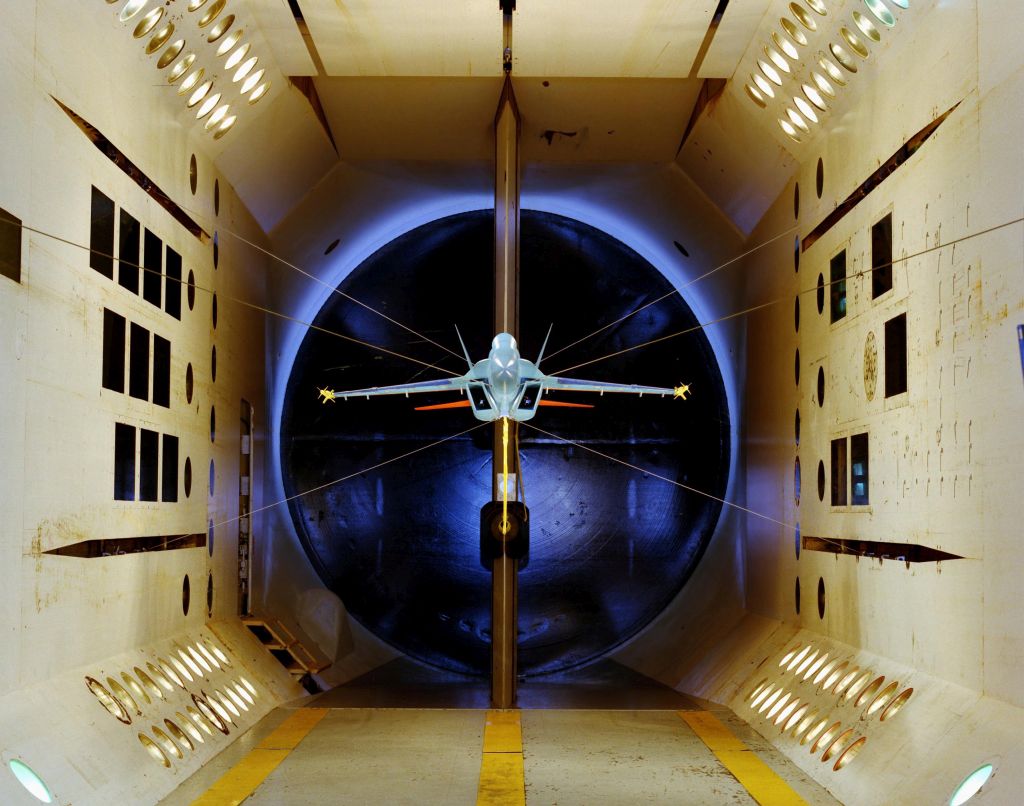A sum of the parts

According to Lee Evans, client director transport, mobility and aerospace, EuroNorth, Dassault Systèmes, hydrogen is only one of the solutions to future aerospace sustainability.
As the race to Net Zero is well and truly underway, businesses in every sector across the globe are facing mounting pressure to use energy responsibly and use renewable energy sources where possible. As a result, it’s no surprise that the International Renewable Energy Agency has predicted that hydrogen will cover 12% of all global energy demands by 2050 and cut carbon emissions by 10% in a Net Zero scenario.
This is equally applicable to both aviation and aerospace sectors. In 2021 aviation accounted for over 2% of global energy-related CO2 emissions, having grown faster in recent decades than road, rail or shipping. Although new aircraft are up to 20% more efficient than previous models, this has not been enough to keep up with the growing demand and activity, in-short, fuel efficiency improvements are far below what they need to be in order to achieve the Net Zero goal by 2050.
The sobering facts and the slow pace towards efficiency have caused the aerospace sector to look towards renewable energy to help fuel the future, particularly hydrogen. Hydrogen is crucial in finding a solution that can alleviate climate change due to its exceptional energy density and ability to eradicate CO2 emissions. With hydrogen still in its development stages, the industry has the scope to mould and develop this fuel type to fit its agenda, making it an exciting opportunity for the sector to capitalise on.
Generation for the future
Sustainability in the aerospace sector will occur as emission concerns steer R&D towards newer technologies. These advances will help develop the aircraft of the future – which may not be powered by today’s fuels.

One of these sustainability regulations can be seen in practice in France, with the nation banning short-haul domestic flights between cities, linked by a train journey of less than two and a half hours. Approved by the European Commission, it comes as the country starts implementing its 2021 Climate Law to reduce its carbon emissions.
A rapidly changing global energy landscape has resulted in disruptive technologies emerging in the sector. Such disruptive innovation in the energy domain has sparked a revolution in technological capabilities, digital transformation, cost reduction, and the business environment itself. This is mirrored with hydrogen battling CO2 emissions in our industry.
Hydrogen is often seen as a one fits all solution for the aerospace sector, but that is not necessarily the case. Aviation fuel will not change completely in the near future however; hydrogen will offer an opportunity to become a part of the solution. In the coming years, the aircraft that fit differing range markets will see a variation in fuel sources being used which is not common today. Long haul flights will be more committed to conventional fuels for far longer, with short-range missions undertaken with Urban Air Mobility and electrification options. Hydrogen will find its niche in short to medium-range space, with the transition aided by emergent legislation, thus forcing change.
As mentioned, hydrogen is currently a disruptor in the aerospace sector. Yet, for this disruption to become more mainstream, there are several key challenges to be overcome, not least the supply meeting the expected demand.
Hydrogen advancements
In the case of hydrogen applications, there is a significant focus on low-Technology Readiness Level (TRL) endeavours, such as researching hydrogen tanks and fuel cell design. To address these challenges, the Aerospace Technology Institute launched FlyZero, which identified technical challenges in aircraft liquid hydrogen storage as an illustrative example. By conducting thorough TRL assessments, we can confidently tackle these challenges and pave the way for a brighter future of aviation technology.
Another challenge that should be prioritised is the storage of hydrogen. Liquid hydrogen's low density and cryogenic characteristics make it challenging to fit into an aircraft, resulting in bulky tank shapes.
The transition towards hydrogen-powered systems will necessitate a substantial revamp of pre-existing infrastructure and logistical systems throughout airports and the hydrogen supply chain. This is a critical undertaking as it encompasses the integration of hydrogen storage systems in aircrafts and the establishment of efficient hydrogen infrastructure at airports to guarantee prompt delivery of the requisite amount of hydrogen for flights.

In addition to infrastructure challenges, improving the transport of hydrogen from producers to airports is another critical development to support widespread adoption. The entire supply chain and value network must evolve to support those new needs.
With the aviation industry expected to double to over eight billion passengers by 2050, it is essential to focus on helping starts-ups that are developing hydrogen technology, such as those looking into how to store and manage the hydrogen infrastructure. Having the ability to design and test in a virtual twin environment allows for a more sustainable development option.
Dassault Systèmes is helping support sustainable innovation around the evolution of aircraft design to incorporate hydrogen as a fuel source. Using the 3DEXPERIENCE platform, we’re able to provide the tools for a new generation of engineers and designers to test theories and iterate on designs quickly through simulation to learn how the aircraft and new fuel sources will react - before the costly exercise of real-life testing and manufacturing.
Hydrogen as a sustainable fuel source is much larger in density than traditional jet fuel, and there is still development to be done on the scalability of the fuel cells to the megawatt levels that commercial aircraft require. In the virtual twin, designers and engineers can develop new aircraft designs that can accommodate the more significant levels of storage allocation needed for hydrogen fuel and simulate the next generation of fuel cell technology.
While the complete solution is unclear today, the broad array of areas being worked on across the future supply chain for hydrogen and aerospace demonstrate the future of renewable fuel. In collaboration with these companies, our platforms are helping disparate players in the sector develop their technology and work towards achieving ‘Net Zero’.
So, what’s next?
Long-term thinking about hydrogen involves the same factors as any disruptive technology or design. There must be a commonality. It is important to secure suitable investments to help build and develop the infrastructure to bring the technologies and sustainable fuel sources into the mainstream to help lower the costs. One way to do this is to get backing from governments who have pledged to Net Zero by 2050. Another is by demonstrating results now, today - with the support of tools such as the 3DEXPERIENCE platform, aviation companies can create and produce fuel in the most efficient, cost-effective and sustainable manner to aid the push for NetZero.
The operation for this task is immense but one worth undertaking. The race to 2050 is on and every little aspect of change within the supply chain contributes towards the end goal of Net Zero. As hydrogen provides the aviation sector with the hope it needs for sustainable fuels, it is clear it’s not the only solution needed to meet the goals of the sector, but rather part of a sustainable consortium of technologies we hope will fly us to our destination.












